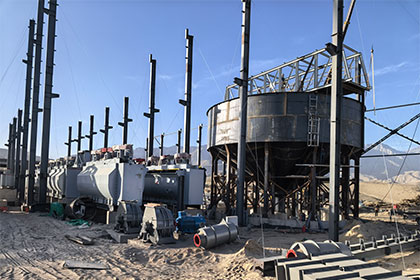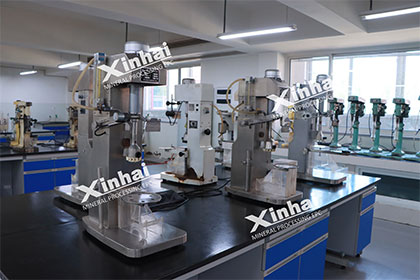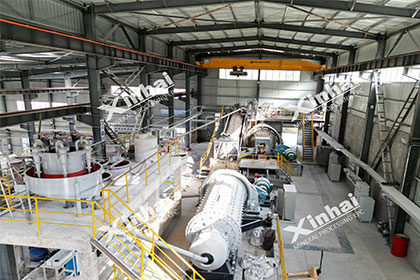2025 Burkina Faso Mining Investment Guide
 Shirley
Shirley
 Dec 14, 2022
Dec 14, 2022
 6493
6493
If you want to know more details about equipment, solutions, etc, please click the button below for free consultation, or leave your requirements!
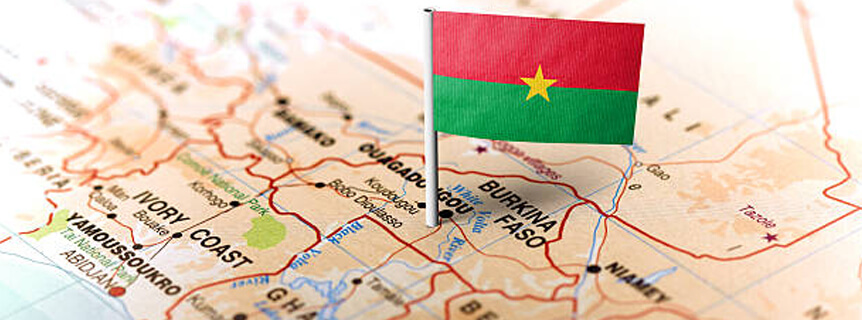
Burkina Faso is a landlocked country located on the upper reaches of the Volta River in West Africa, bordering Benin and Niger to the east, Côte d'Ivoire, Ghana and Togo to the south, and Mali to the west and north. The land area is 274,200 square kilometers, and most of the whole territory is inland, with flat terrain and an average altitude of less than 300 meters. Mount Nakuru is 749 meters above sea level, the highest point in the country. The main rivers are Muwen River, Nakumbo River and Nazinong River.
Burkina Faso is one of the underdeveloped countries in the world and a major exporter of foreign labor to neighboring African countries. Economically, the country is founded on agriculture and animal husbandry, accounting for nearly 80% of the country's labor force. The country is resource-poor and is located on the edge of a desert with little arable land.
01Mineral Resource Reserves
BackBurkina Faso is rich in mineral resources. The main proven mineral resources include gold, phosphate, manganese ore, zinc-silver synthetic ore, limestone ore, bauxite, zinc ore, copper-molybdenum ore and so on.
Gold
Gold mining has a long history in Burkina Faso, and Burkina Faso has proven gold reserves of 1.5 million tons. The mining area mainly includes the Poura gold mine in the southwest of Ouagadougou, the Dori/Yalogo gold mine in the northeast between Piscilla and Dori, the gold mine in the Aribinda area in the north, the Ouendai east of Bobo-Dioulasso area, the Essakane area in the northeast, the Yako/Kaya/Ouhigua area, and the Kwademen area west of Ouagadougou.
Phosphate
Phosphate is 250 million tons, and Burkina Faso's phosphate is mainly concentrated in the southeastern region.
Manganese
17.7 million tons of manganese are mainly distributed in the Birimian area. One of the typical representatives is one of the world's largest manganese mines, the Tangbaao manganese deposit, with a manganese content of 65%.
Zinc
Zinc mines are mainly located in the Pacue and Koudougou regions, and the Pacue mine is a typical zinc deposit in Burkina Faso.
Bauxite
Through the investigation of a large number of small-scale bauxite deposits in Burkina Faso, currently in the Kaya-Konsi region, about 1.5 million tons of comprehensive bauxite reserves with low silicon and low iron content have been delineated.
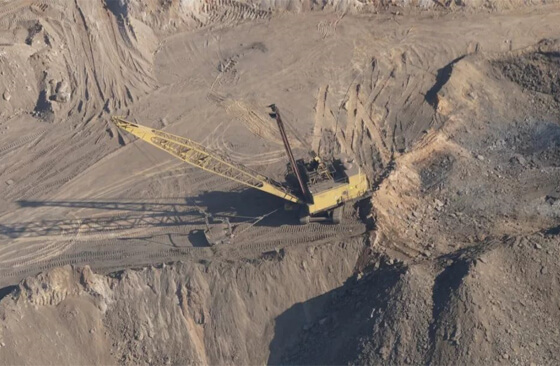
02Status of Mineral Resources Development
BackBurkina Faso's mining industry has a low level of development, and the mining industry accounts for less than 1% of GDP. Although it has abundant mineral resources, the degree of development is relatively low, and there are still a lot of opportunities for intervention. The current government is committed to reorganizing small gold mines, so Burkina Faso has become a major gold producer in Africa with huge investment potential. The Burkina Faso Precious Metals Bureau has formed a monopoly on the purchase and sale of gold in the country, controlling 40% of the manual mining, and many of the remaining gold is smuggled abroad.
Although phosphate resources are abundant, only some small mines have been exploited, and the annual phosphate output is about 2,000 tons.
03Laws and Regulations
BackBurkina Faso's "Investment Law" stipulates that foreign companies and individuals can enjoy the same treatment as Burkina Faso's domestic companies or nationals, and there are no industry restrictions. Mining activities are governed by Law No. 031-2003/AN of May 8, 2003 (under revision), Decree No. 2005-047/PRES/PM/MCE of February 3, 2005 (management of authorization and mining rights), Decree No. 2010-075 PRES/PM/MEF of March 3, 2010 (Taxes and Mining Royalty Fees), etc., aimed at sidelining investments in the mining sector in Burkina Faso. However, a foreign legal person cannot hold a mining license and needs to establish and register a legal entity in Burkina Faso. Any title holder is required to register and have an agent (unless the title holder has Burkina Faso residency) and submit agent identity and qualifications to the Mines Authority. In Burkina Faso, any applicant for mining rights is required to carry out an environmental impact study, conduct a public survey and an environmental management and mitigation plan.
Mining rights under the Mining Act include:
(1) Exploration license
According to Decree No. 2005-047/PRES/PM/MCE of February 3, 2005 on authorization and management of mining rights, anyone who applies can be granted an exploration license, which needs to be submitted together with the application for the first year and A plan of work for exploration with the budget associated with the programme. Exploration licenses are valid for three years from the date of issuance and can be renewed twice consecutively, with a maximum exploration area of 250 square kilometers. Ownership is renewable for a third consecutive year subject to the rights and obligations set forth in the Mining Act. It should be noted that the title holder must start exploration work within the coverage area within six months of the validity period of the license, and can freely use the extracted products, provided that the work is not of mining nature and declared to the Bureau of Mines in advance.
(2) Industrial Exploitation License
Industrial exploitation licenses are granted on the proposal of the Council of Ministers and by decree of the Council of Ministers. The license sets out the obligations of eligible exploration license holders and needs to be at least three months out of the expiry date of the exploration license before applying for it. The application must be accompanied by a feasibility study and a plan for developing the mined deposit, including an environmental impact study and a plan for mitigation and restoration.
The license is valid for 20 years for large mines and five years for small mines, for five consecutive years. The holder must start development and mining work within two years from the effective date of the license.
(3) Semi-industrial manual mining license
Semi-industrial and artisanal mining licenses are granted by the Bureau of Mines in consultation with the competent administration and local communities. It is valid for 5 years, renewable for 3 years.
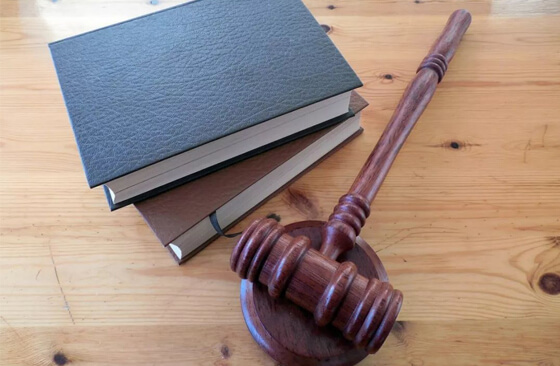
04Tax and Incentive Policies
BackBurkina Faso's mining legislation stipulates specific taxes, which provide incentives for property rights holders at different stages of the project, and the government uses this to strengthen the competitiveness of Burkina Faso's mining industry. Article 93 of the Mining Law stipulates that during the validity period of mining licenses and licenses, the stability of the tax and customs system should be ensured to prevent its tax burden from increasing.
(1) Preferential policies for exploration holders
Exemption from the following customs duties: value-added tax on the import of goods necessary for the realization of geological and mining activities or geological services, industrial and commercial profit tax, patent tax, employer tax and apprenticeship tax and registration fees for certain corporate acts.
(2) Preferential policies for holders of mining rights
VAT is exempt on certain imported equipment and services provided by geoservices companies. The duration of this exemption is up to 2 years, which can be extended for a further year if the investment level reaches at least 50% of the projected investment.
Exploitation license holders are exempt from import duties, excluding statistical charges, for the import of goods, raw materials, equipment, fuels and lubricants for the operation of electricity generation and its vehicles and their components and spare parts during development work , community solidarity fees, community fees and other community fees.
This exemption lasts for a maximum of 3 years and ends on the date of first commercial production. During the development stage, the holder of the development license shall pay the industrial and commercial profit tax at the general tax rate reduced by 10%, and the tangible property income tax shall be reduced by half at the general tax rate.
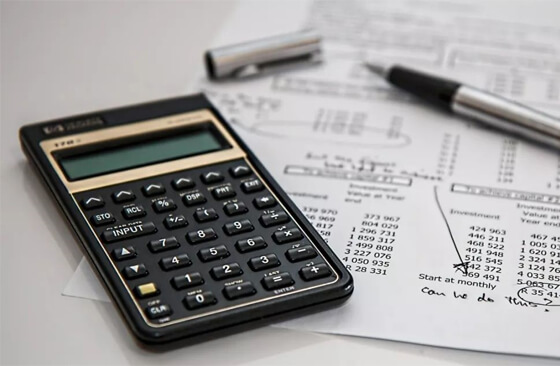
05Investment Risk Analysis
BackGold production in Burkina Faso has expanded rapidly in recent years, with seven newly discovered gold deposits. Coupled with the support of the government, many international mining companies have entered Burkina Faso to carry out exploration and development of gold mines. There are currently 24 mining companies, including 11 foreign-funded companies, 8 joint venture companies, and 5 domestic-owned companies. Among them, foreign-funded companies are mainly from Australia and Canada, and the risks of investing in Burkina Faso mainly come from the following aspects:
Political Instability and High Levels of Corruption
Burkina Faso has experienced five military coups since its independence in 1960. On November 17, 2014, the Transitional Authority of Burkina Faso announced that retired diplomat Michel Kafando was elected Burkina Faso Nafaso transitional president. Various government agencies in Burkina Faso have low efficiency and slow communication. Some government officials have been involved in corruption and bribery, which makes it more difficult to process documents. In addition, visa processing, import and export customs clearance and other aspects have hindered investment companies from doing business in Burkina Faso. It is necessary to pay attention to the land acquisition of mining rights. Enterprises can successfully apply for mining rights certificates, but villagers who own land ownership do not understand the development of the mining industry and may obstruct them in various ways.
Unsatisfactory Social Security and Medical Environment
The social security situation in Burkina Faso is average or even poor, and cases of economic fraud, theft, and robbery occur from time to time, which need to be paid attention to. On January 15, 2016, a hotel in Ouagadougou, the capital of Burkina Faso, was attacked by terrorists, and the people in the hotel were hijacked. Security forces killed four militants. 26 hostages were rescued, and 23 people died in the hotel.
Poor Infrastructure
Burkina Faso has relatively sufficient hydropower, and hydropower is the main source of electricity. 45% of the country's goods rely on railway transportation, but the railway operation is not very good, most of the infrastructure depends on international aid, and urgently needs planning, repair and reconstruction.
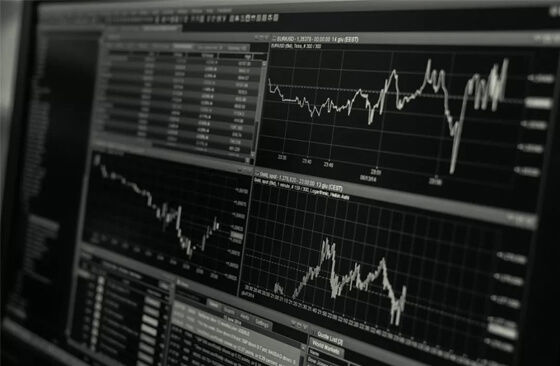
06To Wrap Up
BackAll in all, the investment environment in Burkina Faso is relatively good. The political situation is relatively stable, the development potential is great, and the mining legislation is standardized. It also maintains an open and inclusive attitude towards foreign enterprise investment, and has many investment opportunities. However, unfavorable factors such as social and political stability, infrastructure, and higher taxation standards need to be considered when investing.
 +86 182 3440 3483
+86 182 3440 3483 yanzhang19990421@gmail.com
yanzhang19990421@gmail.com




 Message
Message Chat Now
Chat Now


